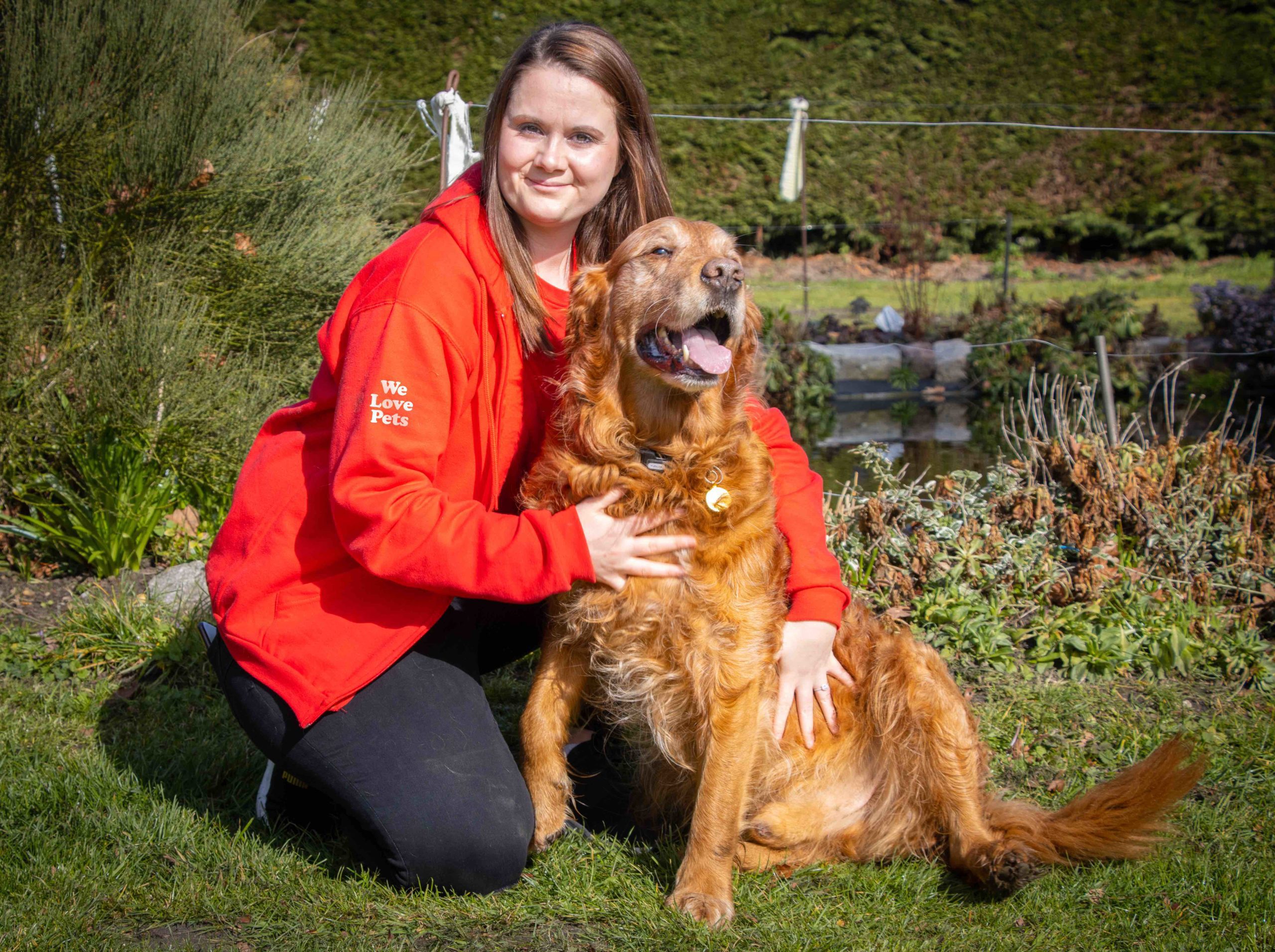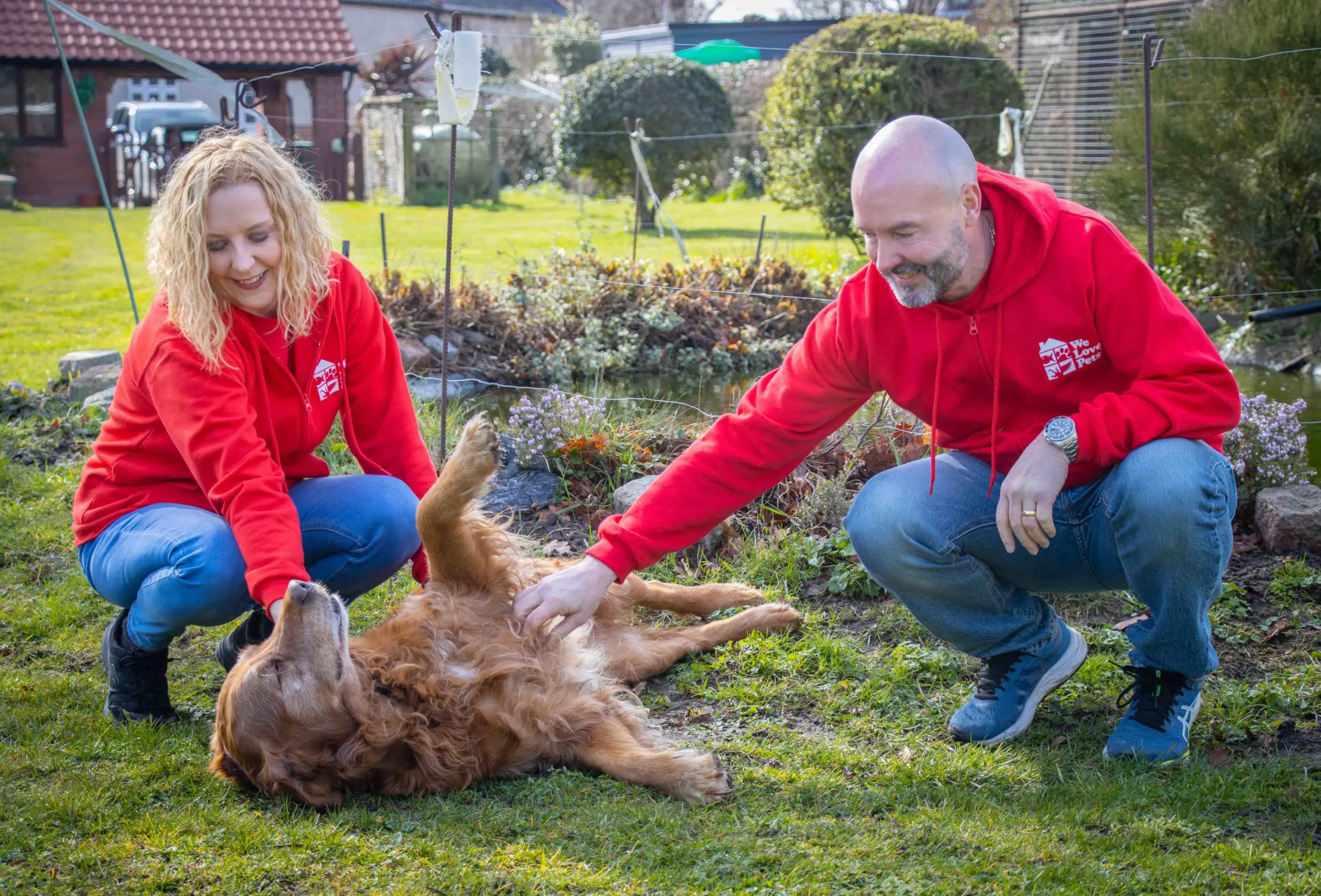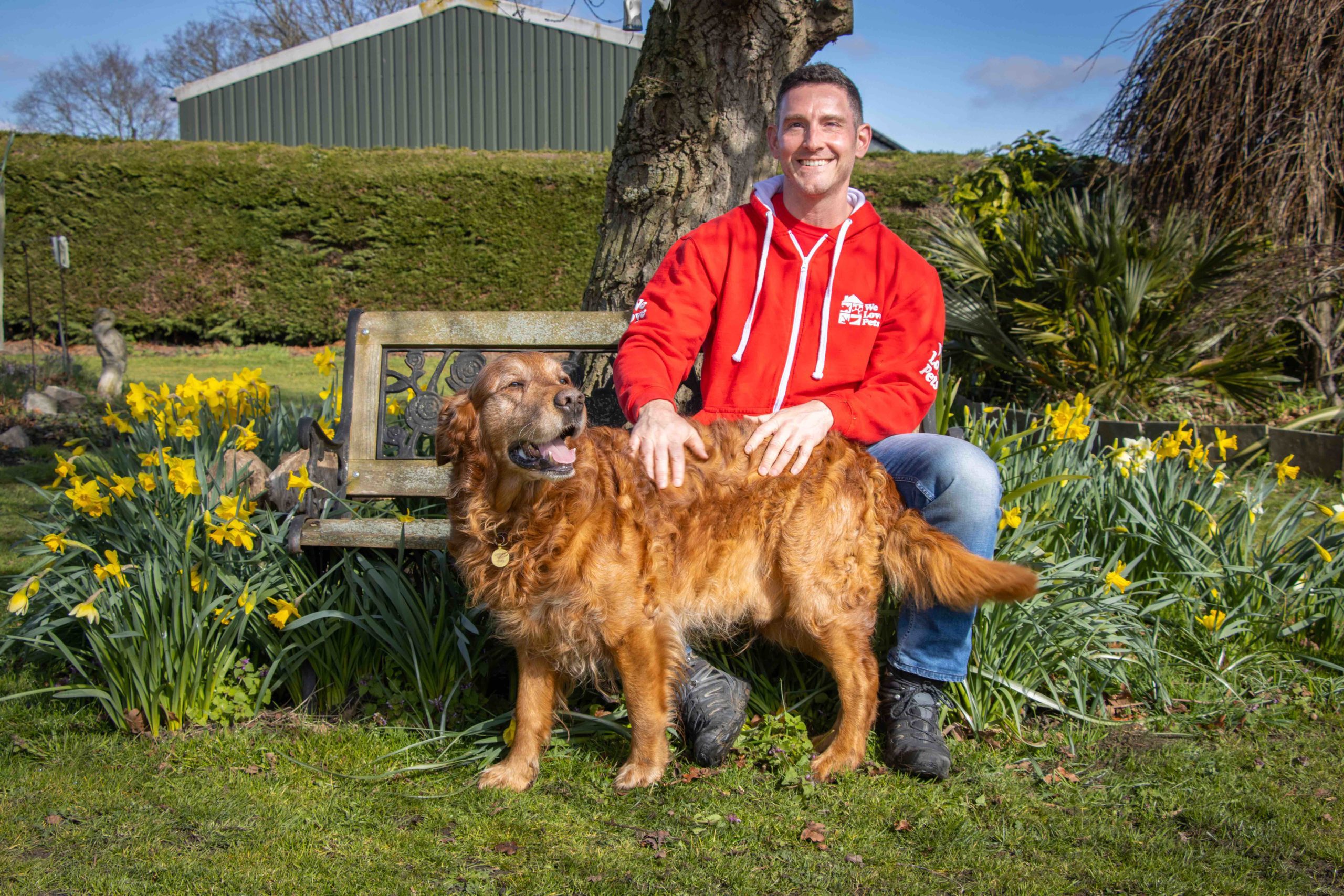As a result of the rise in dog ownership since the onset of the pandemic, dog walkers have been in higher demand now, more than ever! And regulating bodies, such as the City of London Corporation, have begun to put pressure on unlicensed pack walking in public areas (click for the article here) – a shift that we think will bring about positive change for dog welfare now and in the future.
Since 2007, We Love Pets has been committed to a No Pack Walk Policy, which means that our dog walkers never walk a group of more than four dogs at any time. In an industry that is largely unregulated, we have worked hard to increase awareness of the dangers of pack-walking while advocating for the welfare rights of animals in the UK.
What makes it a pack?
Any group of more than four dogs is considered a pack, and pack-walking is the practice of walking a large group of dogs together at the same time. Dogs walked in a pack are often controlled by just one, independent dog walker – many of whom lack important training and credentials, which is risky for the dogs and walker alike!
I thought dogs were naturally social – so, what’s the big deal?
Yes, dogs do enjoy socialising with others! We often walk We Love Pets dogs in pairs, threes, or fours for this very reason, because it provides the play, socialisation, and enrichment that dogs need. However, where walking dogs in pairs can be engaging and fulfilling, walking dogs in exceptionally large groups can be stressful and tiresome for your pup.
Here are some of the reasons we don’t pack walk:
Supervision
All dog owners know that even in the best of conditions, it can be difficult to keep a constant eye on your dog! Multiply that by 5+ and it’s a disaster waiting to happen. Not only are there busy roads, livestock, other dogs, cyclists, people, and children to contend with, but it’s important to observe what’s going on in the pack at the same time. We cap our walks at four to ensure maximum supervision and attention for each dog!
Disease
Walking dogs in large groups opens the door to infection and disease transmission, and the larger the group, the harder illnesses are to trace – which puts dogs in the wider community at risk too.
Injuries
Injuries can happen in the blink of an eye, and the more dogs in the pack, the more difficult it becomes to avoid and protect them from environmental and behavioural hazards. And if one poor pooch suffers an injury, it’s especially tough to maintain care and attention for all of the healthy dogs. Since accidents happen, our We Love Pets dog walkers are each trained in pet first aid so they can respond appropriately in an emergency!
Fights & Bullying
The bigger the group, the more likely it is for fights to break out. Pack dynamics can change quickly, without warning, and even dogs who wouldn’t normally show aggression can become involved in a fight. Breaking up fights can be dangerous for a walker, so it’s best to avoid the situation altogether and walk in smaller groups.
Physics
Call it common sense, but 1 walker to 5+ dogs isn’t a great ratio. Imagine an 11 stone walker with 5 or 6 large breed dogs who decide to suddenly take off or pull on the lead, keeping them under control is going to be a serious struggle!
Where can I go to find a dog walker?
We Love Pets has a vast network of pet care branches across the UK, and happily offer dog walking services with walkers that are fully insured, DBS checked, and pet first aid trained. We’ll never walk more than four at a time to ensure that your pup gets the mental, physical and social stimulation that they need, in a controlled and fun environment. You can find the branch nearest to you here.
How can I become a dog walker?
As the need for dog walkers continues to grow, there’s never been a better time to get started! Our franchise locations are always recruiting new walkers, with flexible hours to fit your schedule. Find out more about becoming a dog walker here.




